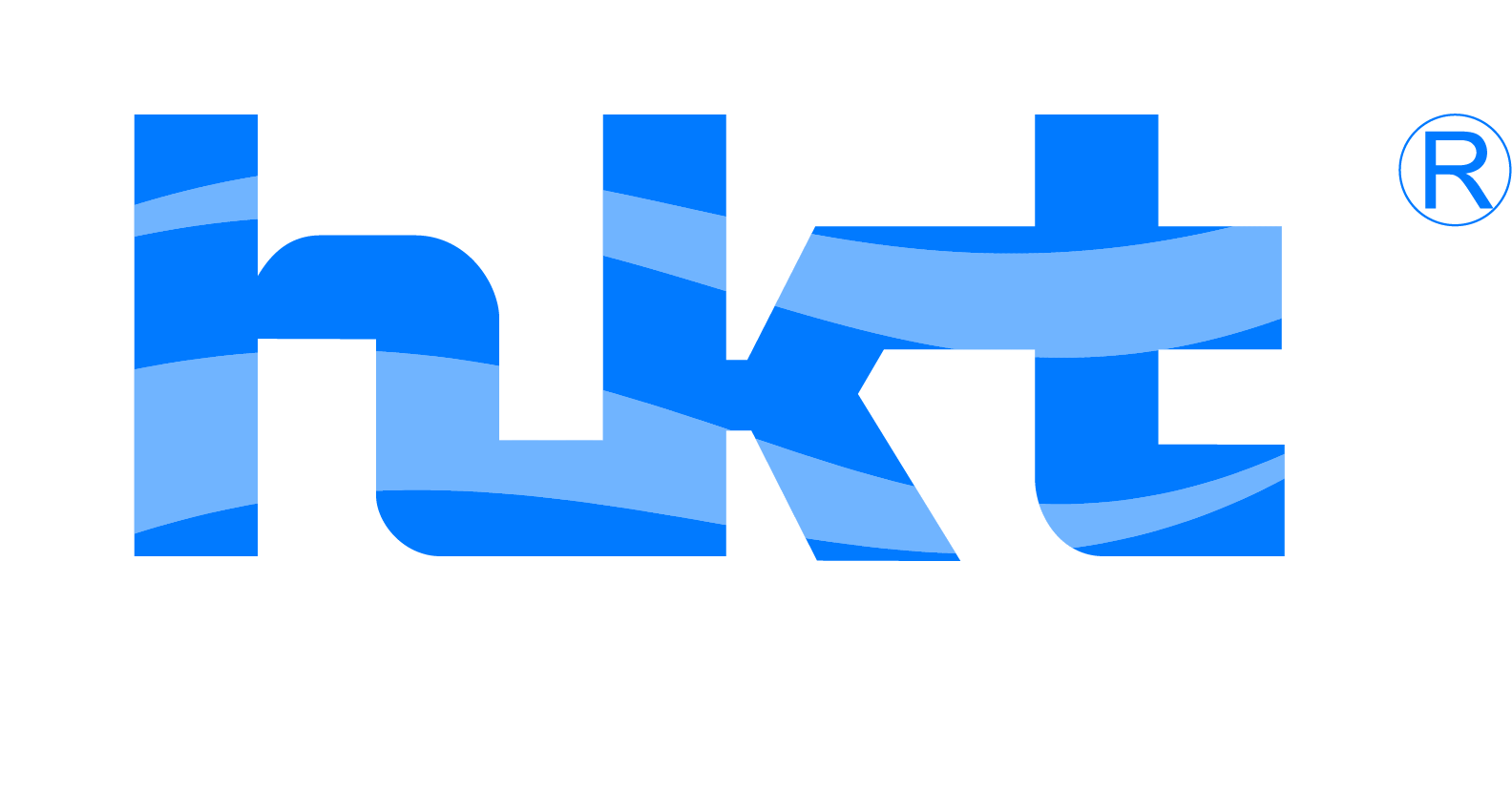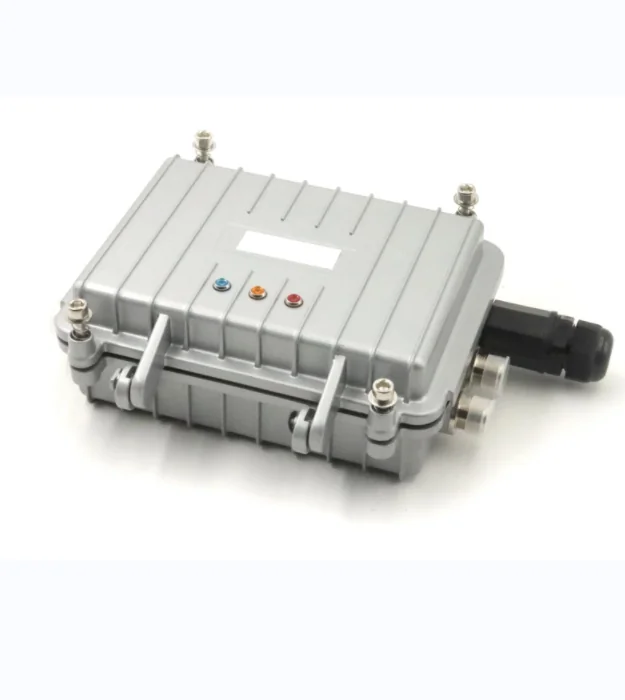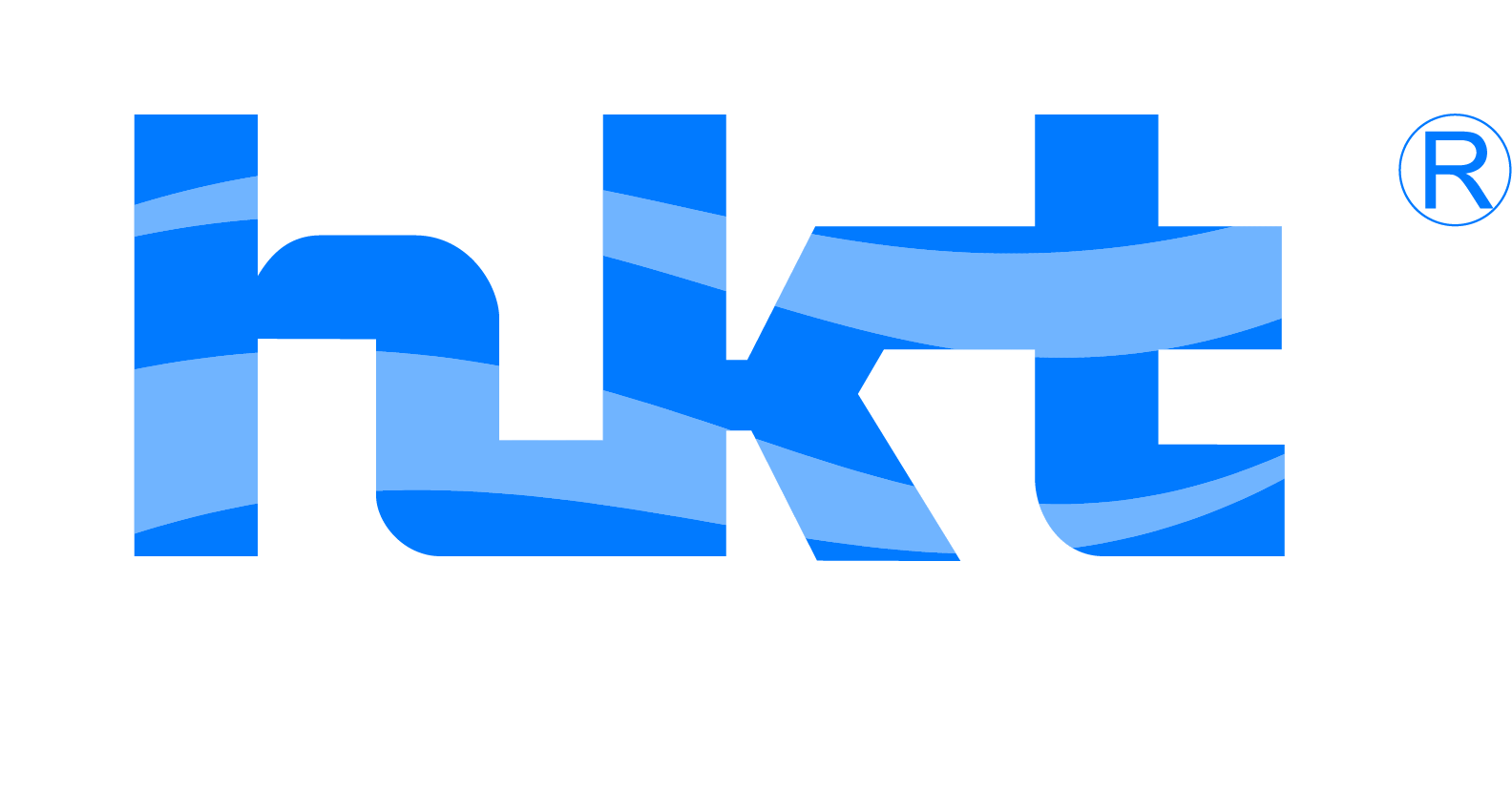As industrial IoT deployments expand, securing connected devices becomes non-negotiable. Vulnerabilities in sensors, networks, or data pipelines can compromise entire operations. How to secure IoT systems requires a multi-layered approach encompassing hardware, communication protocols, and access controls. At HKT LORA, we engineer robust LoRaWAN solutions with security as a core design principle, protecting critical infrastructure from evolving threats.
Implementing Hardware-Based Security Foundations
The first layer in how to secure IoT deployments starts with hardened devices. HKT LORA transmitters integrate physical resilience with security features: tamper-resistant enclosures , secure element chips for cryptographic key storage, and trusted platform modules (TPM). Our LoRaWAN Wireless Water Pressure Transmitter prevents physical tampering while its ultra-low power design reduces attack surfaces. Choosing industrially certified hardware with built-in security modules is essential before network connectivity.
Securing Network Communications with Advanced Protocols
How to secure IoT data transmission? Robust encryption and authentication are paramount. HKT LORA devices utilize LoRaWAN’s end-to-end AES-128 encryption, ensuring data integrity from sensor to cloud. Join Server authentication (OTAA/ABP) verifies device legitimacy, while unique network session keys prevent replay attacks. This protocol-level security creates a shielded pipeline for pressure readings, alert thresholds, and system commands—crucial for water utilities or manufacturing plants.
Enforcing Strict Access Control and Authentication
Managing who accesses IoT systems is critical in how to secure IoT ecosystems. HKT LORA solutions integrate with enterprise IAM (Identity and Access Management) systems, enforcing role-based access controls (RBAC). Multi-factor authentication (MFA) adds another verification layer for administrators accessing sensor dashboards or configuring pressure thresholds. Regular credential rotation and least-privilege principles further minimize unauthorized entry points.
Proactive Monitoring and Firmware Management
Continuous vigilance completes how to secure IoT implementations. HKT LORA enables remote monitoring of device health and communication anomalies, detecting potential breaches early. Secure over-the-air (OTA) firmware updates allow patching vulnerabilities without physical access—critical for transmitters in remote locations. Combined with encrypted audit logs, this creates a responsive security posture for infrastructure monitoring systems.
HKT LORA: Delivering End-to-End Secure IoT
Understanding how to secure IoT holistically informs our solutions. Beyond hardware, HKT LORA provides:
Private LoRaWAN network options with dedicated spectrum
Encrypted API integrations for SCADA/PLC systems
Compliance with IEC 62443 industrial security standards
Solar/battery power resilience against power-jamming attacks
Our Wireless Water Pressure Transmitter exemplifies this with its secure boot process, intrusion detection alerts, and user-defined security policies—ensuring industrial operations remain protected.
Conclusion
How to secure IoT is an ongoing process requiring technology and vigilance. Partner with HKT LORA to implement layered security: from hardened field devices to encrypted data lakes. Our solutions turn IoT deployments into trusted operational assets—monitoring critical pressure systems without compromising safety or data integrity.



